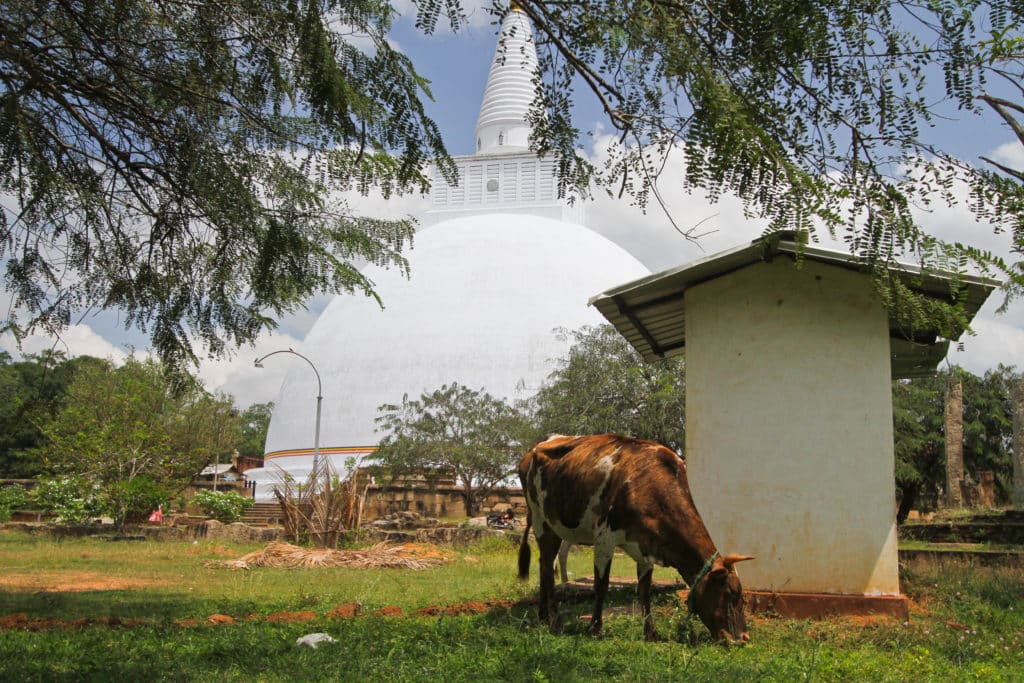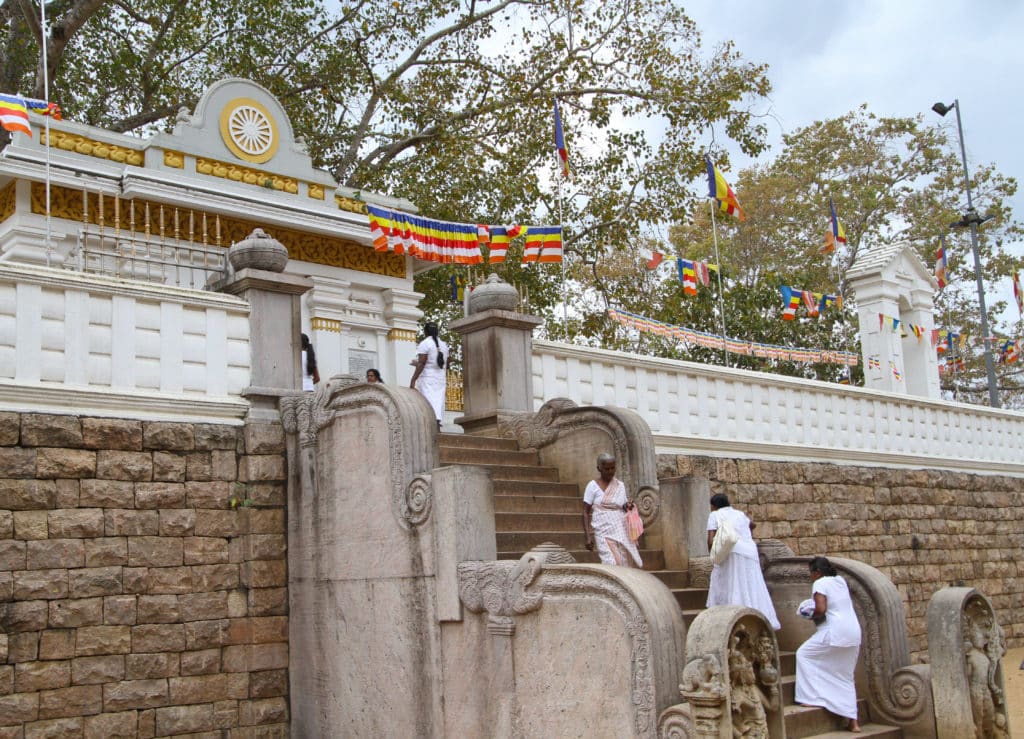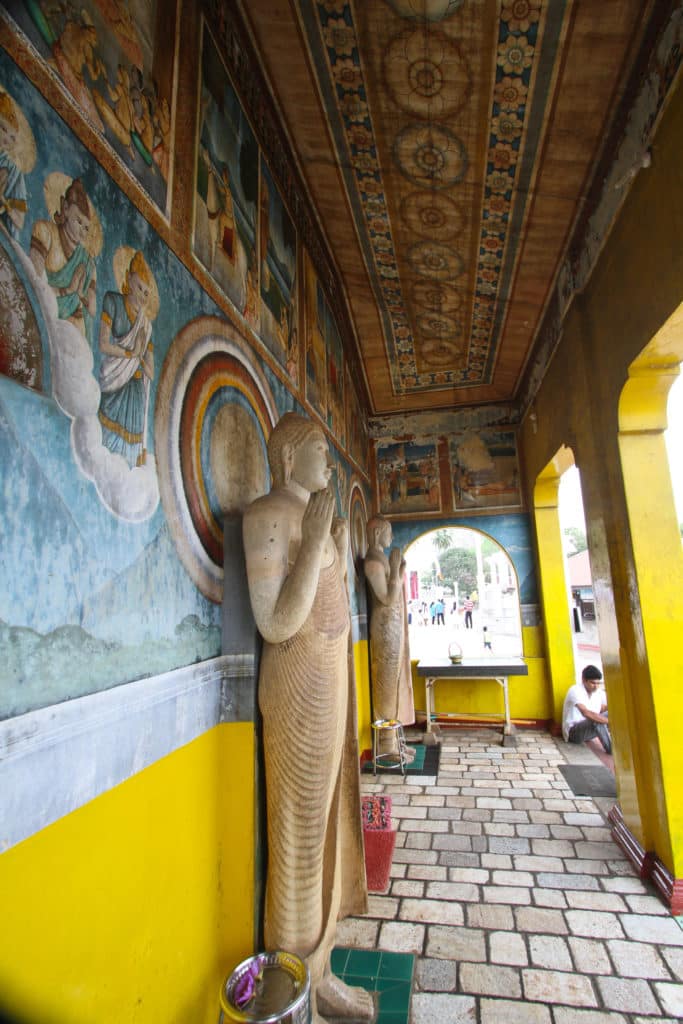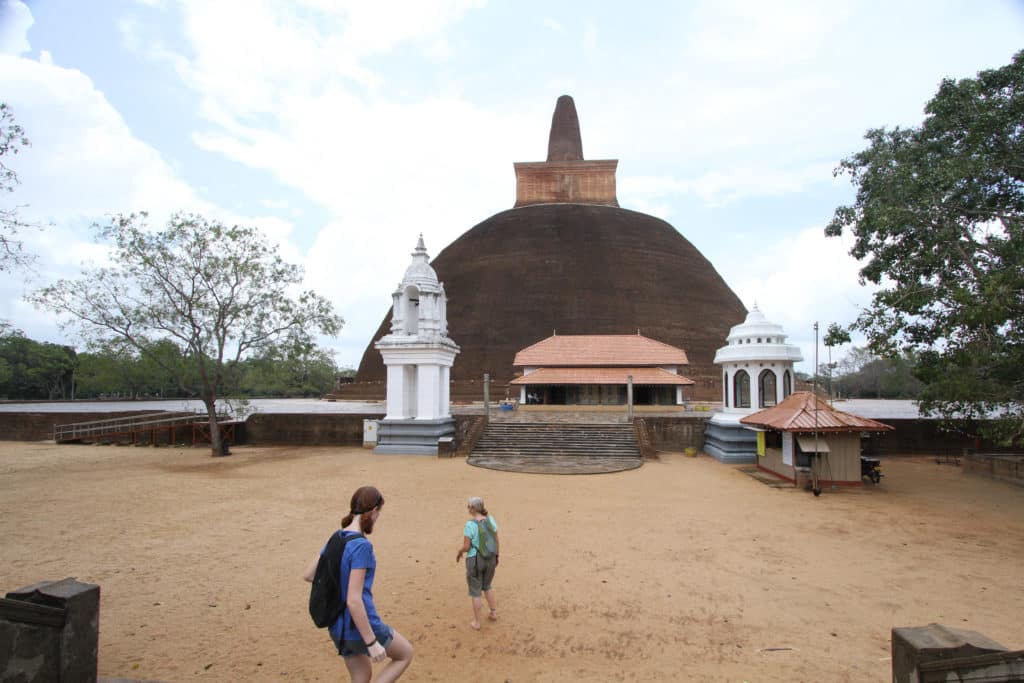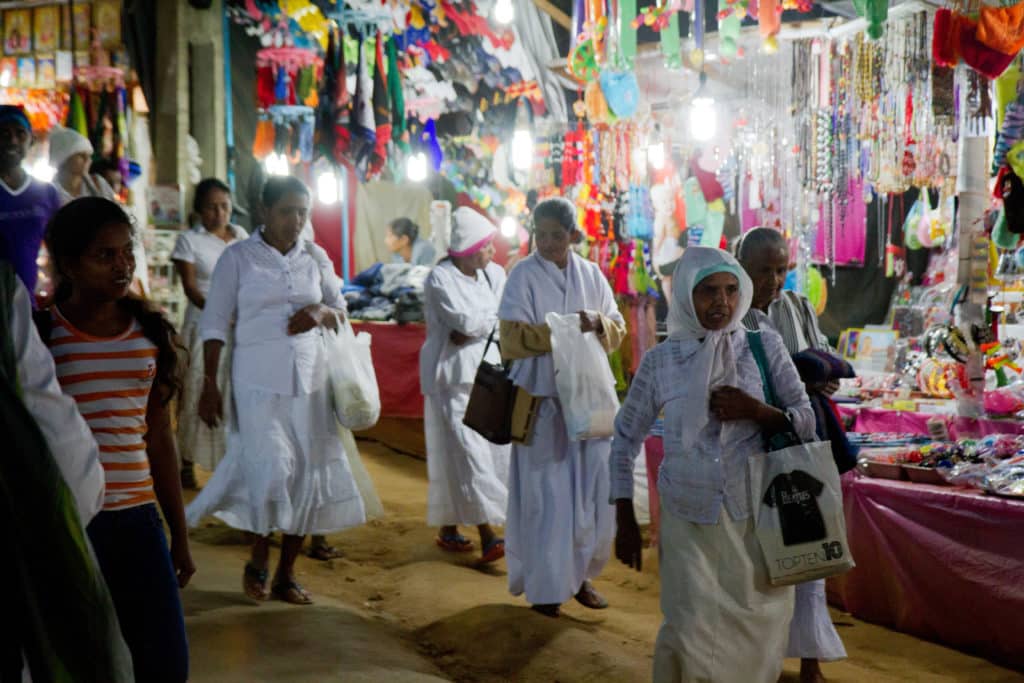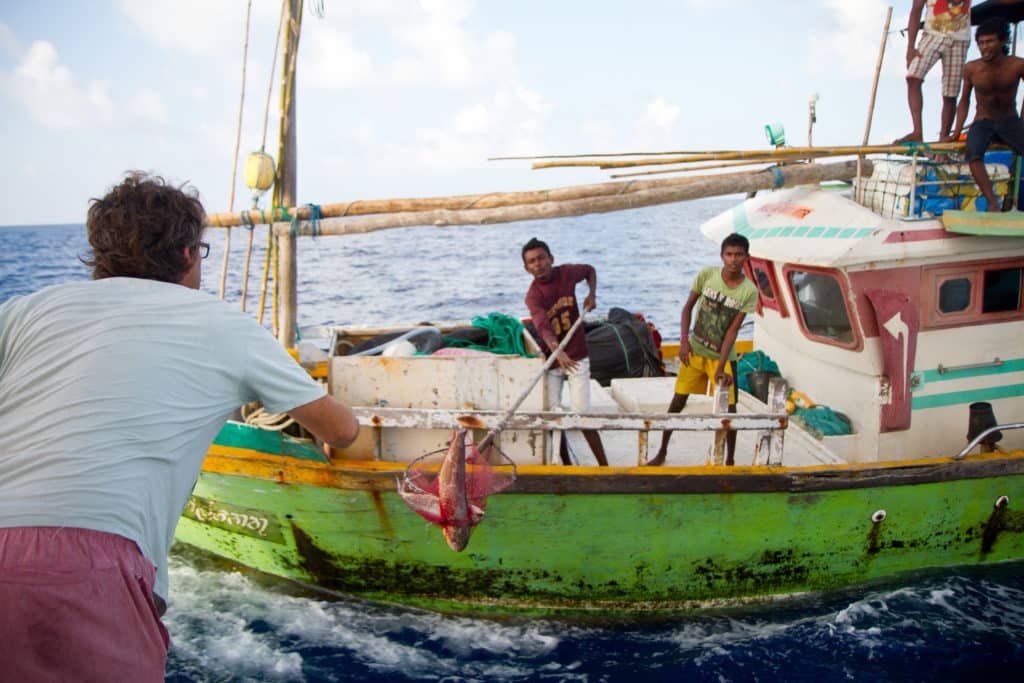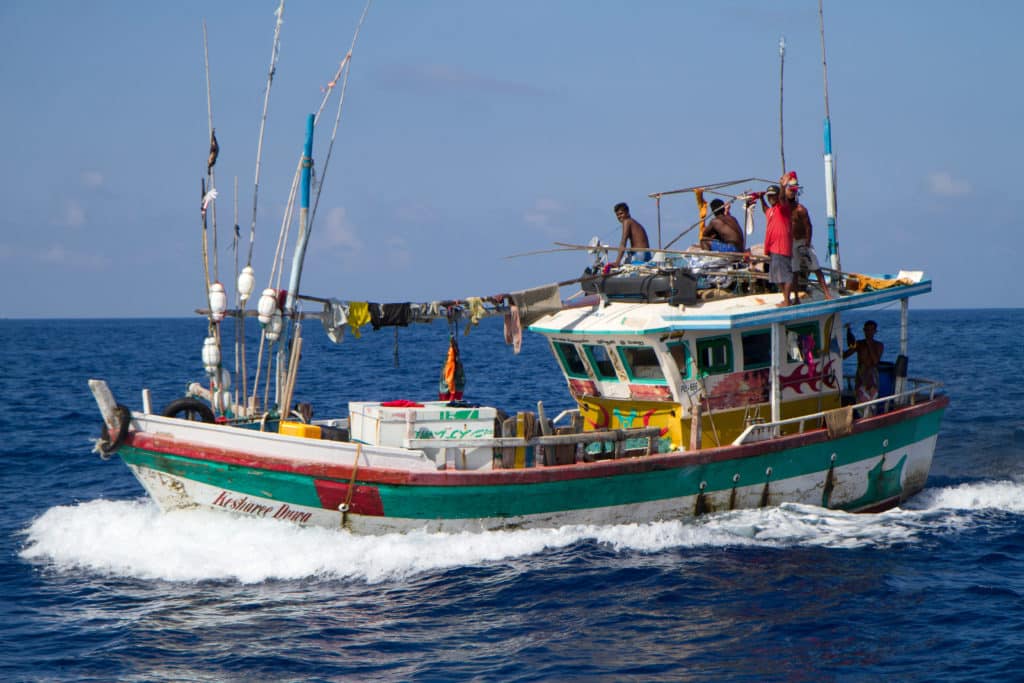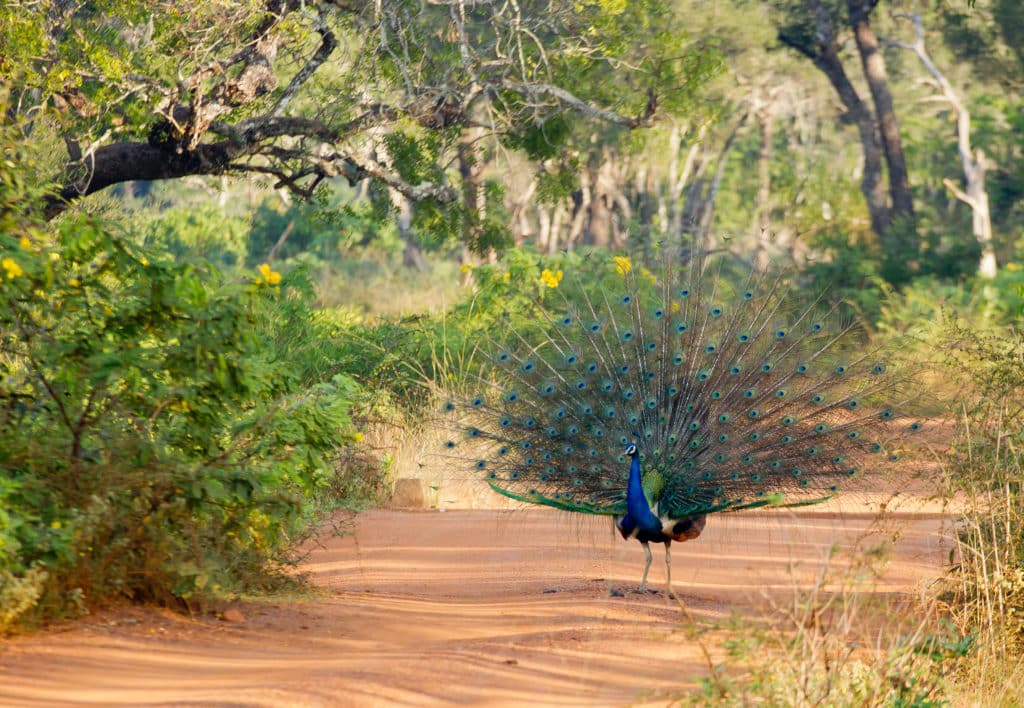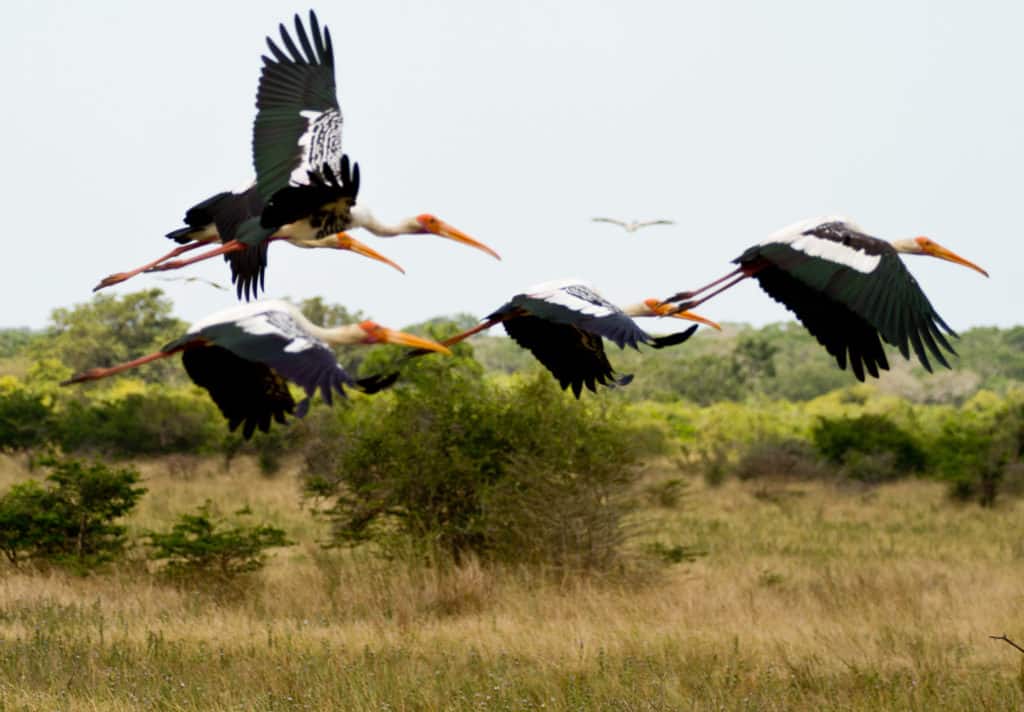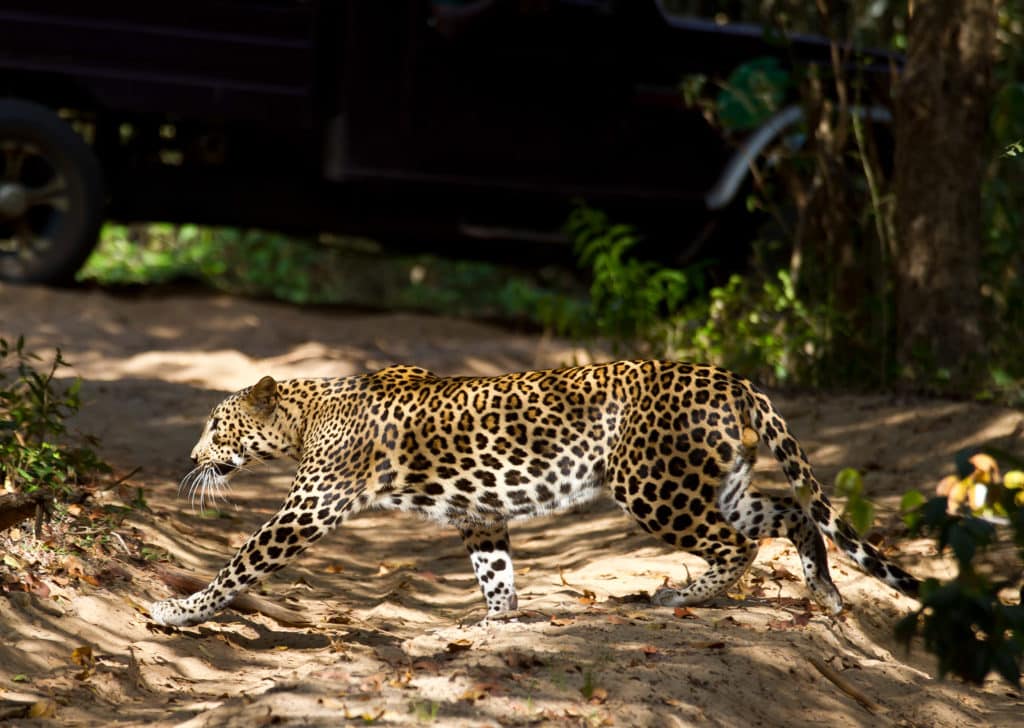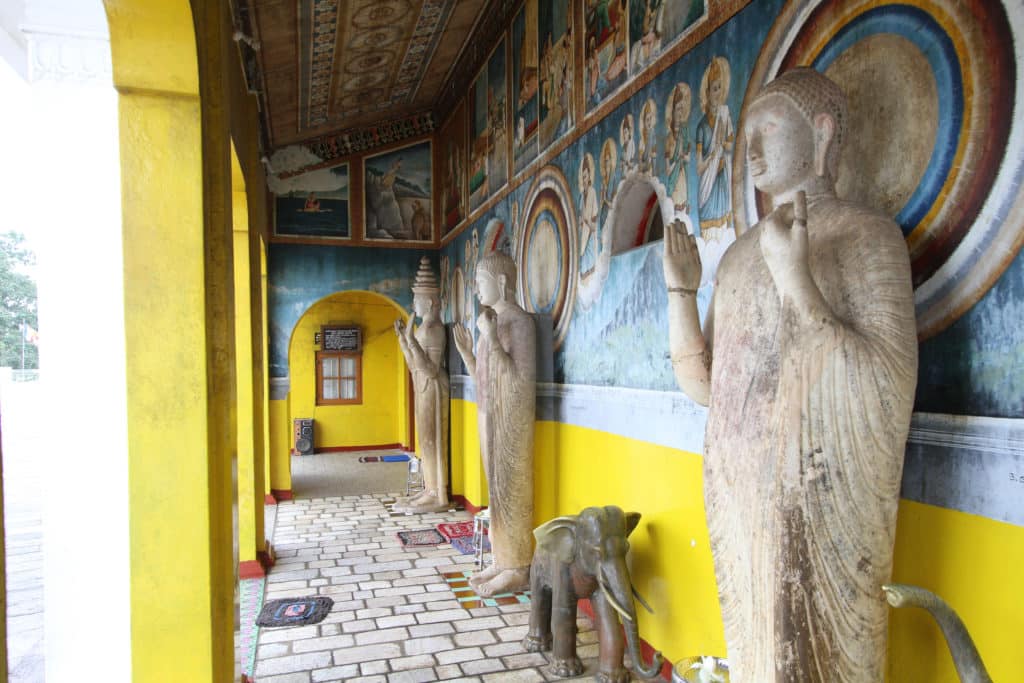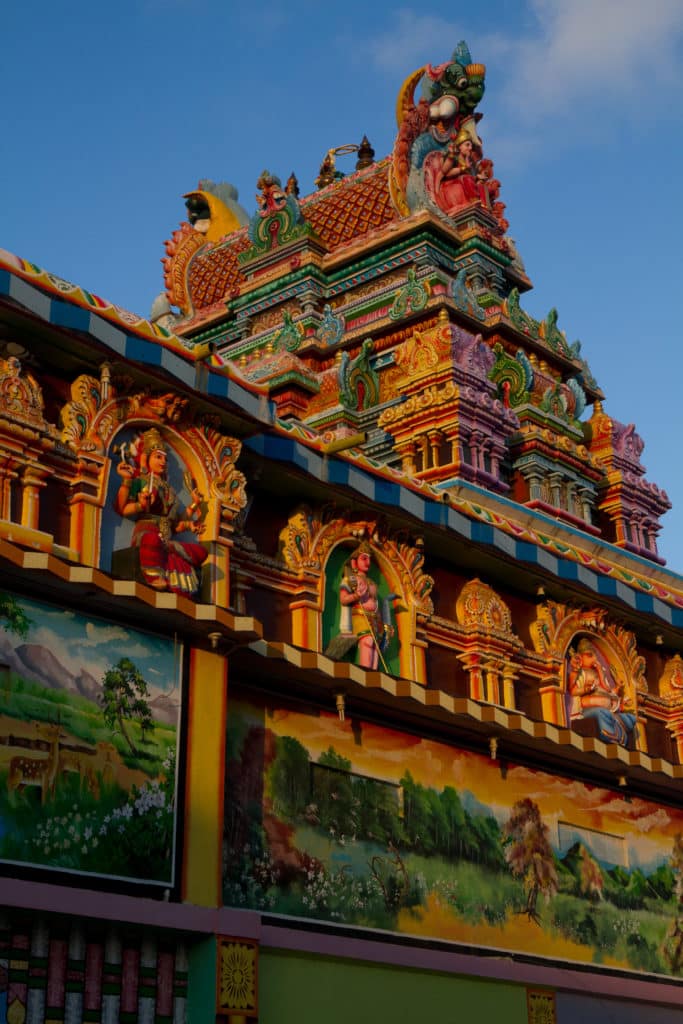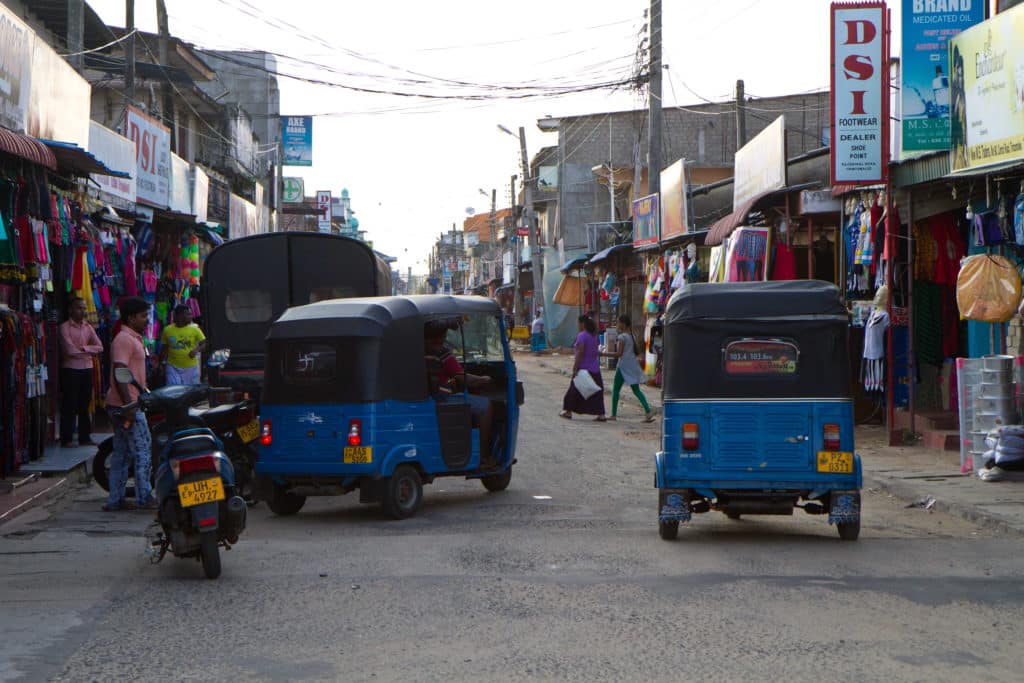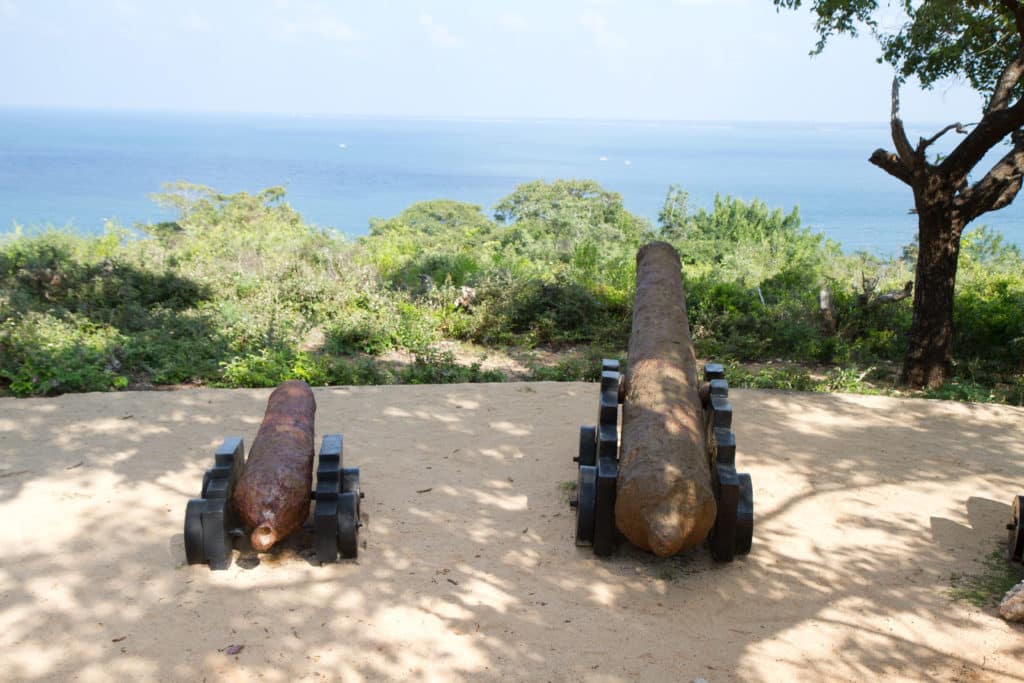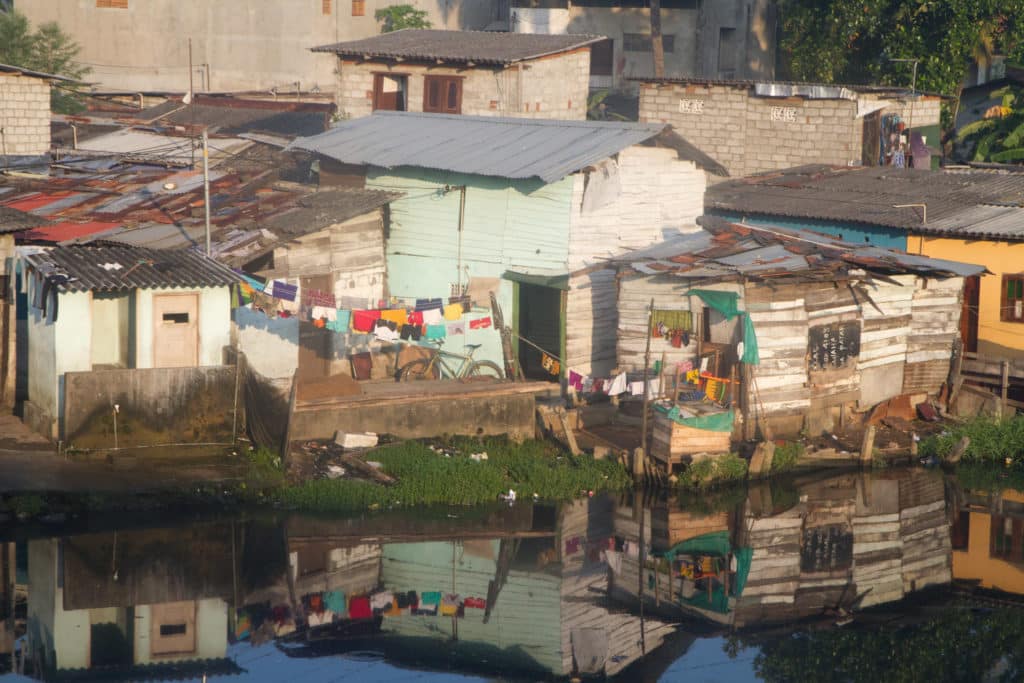A Fresh Welcome in Sri Lanka
The seas were flat, and under a bright full moon it was easy to dodge the fishing nets that multiplied as we approached the Sri Lankan coast. We were seven days into a pleasant light-wind passage from Langkawi, Malaysia. A few hours earlier we’d been approached by a colorful fishing boat and traded juice for a big mahimahi, so we were in no rush to make landfall. But as the wind dropped further we decided to fire up the motor and make a pre-dawn entrance into the large, protected harbor of Trincomalee.
Before we even arrived, Trincomalee was turning into the most officious port entry we’d ever made: We’d been required to obtain a shipping agent in advance and then send off reams of documents. Once we were underway, we needed to give our agent regular updates about our arrival. Despite the extra steps, I was excited. We had the opportunity to do something modern cruising boats rarely get to do — head into unknown territory.
As we neared, we heard port control calling a passable pronunciation of our boat name, Ceilydh, over the VHF. At the harbor entrance, two navy ships with spotlights lit up the headlands and showed us the way in. A short while later we asked port control for permission to anchor. As we dropped our hook, a small navy runabout watched carefully from several feet away. After we’d settled in, the boat approached and the officer asked us to pull up our anchor, exit the inner harbor, and re-enter in seven minutes to arrive at the approved hour of 0600.
Sri Lanka has been a longtime stop for boats crossing the Indian Ocean, but the 25-year-long civil war has kept them moored in the southern port of Galle. There boats are required to tie to a decrepit floating dock that’s subject to both swell and dust from a cement plant. The payoff is Sri Lanka is a great stop for food and fuel, and Galle itself is fascinating, even if the harbor isn’t secure enough to leave a boat for extended inland exploration.
In contrast, Trincomalee is a dream landfall. One of the largest natural harbors in the world, it’s clean, uncrowded, and boasts numerous nooks that look like they’d be perfect for gunkholing. Between the protected bays and ample wildlife (we spotted whales and dolphins and were told elephants occasionally swim here), the potential for cruising seems endless.
Unfortunately, despite the possibilities, the harbor is only slowly opening back up, and exploring is still prohibited. (Right now boats can’t move around the harbor, and there’s an additional fee to visit both Trincomalee and Galle.) During the civil war, the Liberation Tigers of Tamil Eelam, a fierce separatist group, used Trincomalee to conceal their small but deadly navy. Although the rebels were ousted from the region in 2006 and the war ended in 2009, the harbor has remained largely off-limits because of security concerns.
In 2014 the first cruising boat in almost 30 years arrived in Trincomalee, and in 2015 about 30 boats diverted from Galle and made the east-coast port their Sri Lankan stop. What this means is cruising boats are essentially a brand-new thing in Trinco, as it’s commonly called. As some of the first cruisers through the door, we were determined to work with officials as politely and effectively as we could.
It took us seven minutes to understand the navy’s request for us to pull up our anchor to exit and re-enter the inner basin, and by then, they no longer needed us to move. Instead all seven men came aboard for a security inspection. Boats before us had their hulls examined by divers to confirm they weren’t suicide bombers. But considering we were the 15th boat of the season, the navy was now more interested in what our boat looked like and where else we’d traveled.
After the navy departed, we made contact with our GAC Shipping Agency agent, Ravi, to arrange for customs and immigration. Like many Indian Ocean countries, Sri Lanka requires that cruising boats have an agent and prefers visitors to obtain the 30-day visa online, ahead of arrival. While there are other agents in Trincomalee, Behan Gifford of Totem, a cruising sailor who put a big effort into bringing boats back to Trinco, had found GAC was the only agency that understood what a cruising boat was, and that also offered combined agent and port fees matching those in Galle ($218).
Our clearance took most of the day to complete — not bad considering we’d inadvertently arrived on a holiday and the immigration officials were at a party (every full moon is a holiday called Poya), but quite slow compared to the most recent boats, which had been cleared in an hour. With formalities finished, we used the resource guide and map recently put together by the crew of Crystal Blues to find a bank, buy a SIM card and plan our trip inland.
Until cruising boats are permitted to move around the coast freely, Sri Lanka, with its lush tea plantations, ancient cities and stunning wildlife parks, is primarily an inland destination.
At press time, Diane Selkirk, along with her husband, Evan, and daughter, Maia, were en route to South Africa after a stay in Madagascar.
